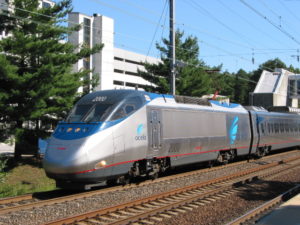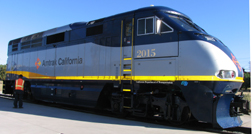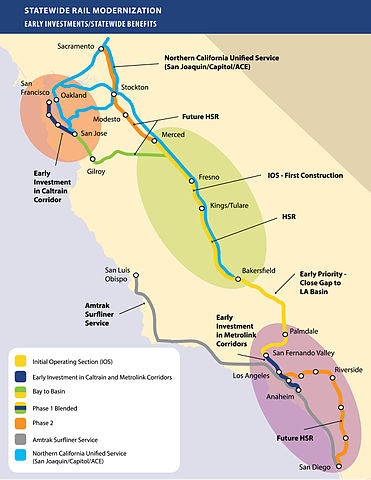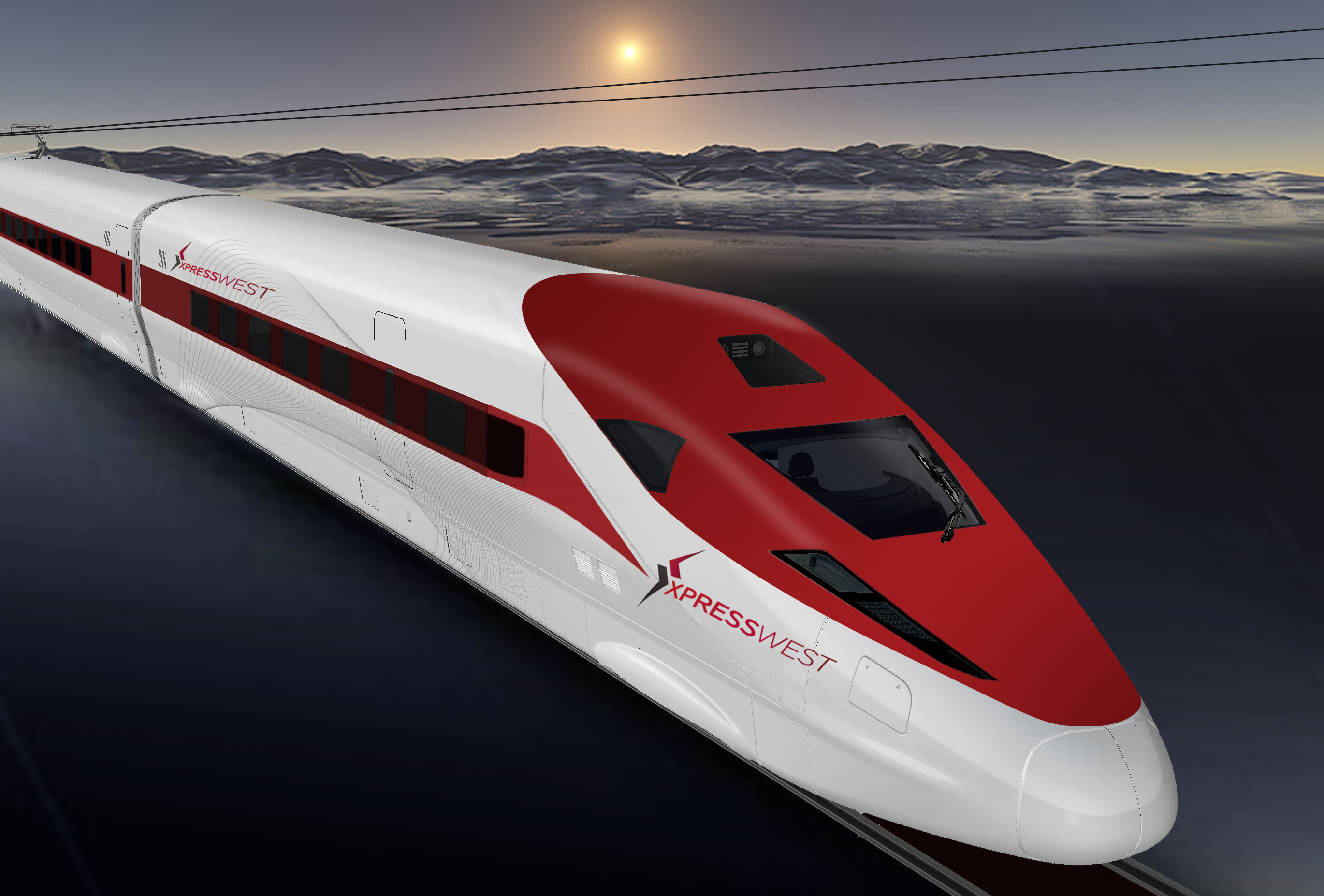Transportation needs fixing – plainly and simply put, it needs to be overhauled. Carbon emissions from this sector worldwide have now reached 29 percent, thereby contributing the largest percentage of emissions of all emissions-generating sectors, cars, trucks and buses being the primary contributors. In California, meanwhile, as environmental reporter Julie Cart at CALmatters has suggested, the figure is close to 50 percent while polluted air from state-based transportation sources comes in at around 10 points lower or about 40 percent. It’s really not a very pretty picture. In this department, the world can do so much better and so much more can and should be done.
So much of our transportation platform depends on a continuing and ready supply of fossil fuels being there. Though that supply isn’t infinite – it is going to run out at some point. This is another one of this sector’s current downsides. A third is that mobility throughout the world is being stymied.
Congestion, gridlock and delay plague our urban roadway networks, in the United States especially; it’s become the order of the day. Again, we can do better.
The key to solving a number of the issues identified above, rests with passenger trains; the more, the merrier. Though there are many who disagree.
And, not just passenger trains, but those where a supply of electric current to power motors propels said trains. Even better, speaking in the environmental sustainability sense when such electricity is produced through renewable means, making said operation even more meaningful.
Add in fast-train travel to the mix and the passenger rail picture becomes complete.
America on the ‘fast-track’ map
America has historically been a leader in the transportation arena, though, sadly, not where high-speed rail operation and travel are concerned. That could change – it is with respect to this very thing that the U.S. has the opportunity to shine. But, this requires committing to the so-called “fast-track” program and not just in half-hearted fashion.

There are others too in process, like XpressWest which is proposing to connect Victorville with Las Vegas, and eventually tapping Los Angeles about 100 miles farther distant. Outside of these two and beyond the Golden State’s borders is the Texas Central high-speed rail program which is fully committed to bridging by a 240-mile-long high-speed rail line two of the Lone Star State’s two biggest metros – Dallas and Houston.

Incidentally, the closest this country has to true high-speed rail is the Amtrak “Acela” service available only on the National Railroad Passenger Corporation via its 457-mile Northeast Corridor line linking Boston, Massachusetts and Washington, D.C. the trains traveling at a 150-mile-per-hour top speed.
California at the forefront
Based on what I understand, the California High-Speed Rail Authority (the organization heading the California high-speed rail effort) has sufficient monies in hand to so far construct a 171-mile-long high-speed rail line between Bakersfield and Merced (two communities located in the San Joaquin Valley) and procure a number of high-speed trainsets. The estimated cost for building this segment is pegged at anywhere from $20.4 billion to $23 billion (I’ve seen different numbers quoted by different sources consulted), bringing the per-mile construction price to north of $100 million. This compares with highway building which comes in at around $25 million per mile while the cost of construction for light rail transit ranges from a low of $35 million to a high of $100 million for each mile of rail infrastructure laid.

Where I sit, this is a smart interim move. Not only is service assured and maintained this way, but it is also improved. I’ll explain.
For openers, trains – be it true high- (220 mph max) or higher- (125 mph max) speed – will be operating on brand new dedicated trackage, the passenger trains themselves neither having to share track space with slower freights on single-track rail infrastructure (such with strategically located sidings used to enable trains to pass one another either those going in the same direction or that opposite), nor the trains having to contend with motor vehicle and bicycle and pedestrian traffic at highway-railroad grade crossings, otherwise known as railroad crossings, because frankly, there won’t be any (all such intersecting traffic will be carried underneath or overhead) and, as well, the line with be fully double-tracked – the latter of which means no stopping (aside from at stations) which eliminates the potential for delays.
Next, there is the possibility of running speeds of as high as 125-miles-per-hour – albeit for relatively short stretches, but still – with diesel-propelled trains, initially.

How so? Assuming Bakersfield-to-Merced is at first operated using Amtrak “California” San Joaquin passenger trains which, by the way, receive a subsidy these are not officially designated as “high-speed,” and therefore would not be disqualified, meaning there would be no conflict of interest.
In addition, by operating in this fashion, there are all manner of benefits. Space is freed or opened up on the freight railroad line that currently hosts the San Joaquin’s in the Valley – in this case that railroad being the Burlington Northern Santa Fe Railway – to conduct freight operations with the San Joaquin’s moved over to the new tracks, therefore assuring greater efficiencies for both railroad operations – passenger and freight alike. Again, this will be between Bakersfield and Merced.

Not to mention that there will be improvement in air quality in the so-affected area due to the elimination of both waiting, idling trains and idling internal-combustion engine powered motor vehicles waiting for the passing of trains at grade crossings along the new 171-mile-long line all on account of the provision of grade separations – there won’t be any grade crossings on this corridor, period, a feature all high-speed train systems around the world share.
All of which means the high-speed travel experience will become preferable to conventional passenger train travel (translated that means: far improved and faster travel times, a guaranteed smoother ride and, best of all, a cleaner, clearer sky).
Where the wheel meets the rail
Implementation and operation of high-speed rail throughout the world where in effect, is a welcome travel option. Now, the same such opportunity will hopefully, soon, be available at home. Once here, as was true elsewhere, expect increased ridership, on top of all other benefits or features pointed out above, which gives high-speed rail travel value, worth – a win-win proposition in my book.
As I’ve said before and will say again, those nations taking a chance on adopting and embracing this advanced and relatively new technology and transport type, were not wrong in that decision and neither will be America.
That said, the ones being built or in planning and development domestically, in terms of their proving their mettle, they must be given the chance. We know high-speed rail has proved that mettle in far-away places. That being the case, it is high-time high-speed rail become an available and invaluable transportation option at home.
Images: XpressWest (top); Chao-Hwa Chen (second); California Environmental Protection Agency Air Resources Board (third); California High-Speed Rail Authority (bottom)
Correction: Amtrak was previously misidentified as the National Passenger Rail Corporation. The article has been revised and now incorporates the text correction.
This post was last revised on Jun. 6, 2020 @ 7:11 a.m. Pacific Daylight Time.
– Alan Kandel

Are you serious? The Browndoggle non-bullet train is so far massively over budget ($88 billion and counting) that Gruesome Newsom has pulled the plug on it. The tracks from Bakersfield to Merced with just be another Amtrak or freight train line that will lose more money as there is no way a train can compete with airlines on a cost/time basis. LA to SF via plane is faster and cheaper than the bullet train could ever be. This “train” is the biggest, most expensive and worthless joke ever pulled off on California taxpayers who are stuck with a few hundred miles of track that will not even be set up to handle bullet speed type trains.
Yes, I’m serious. Governor Newsom has not “pulled the plug on it.” Bakersfield to Merced won’t host freight trains, because of the grades involved and load limits of the structures – the line is not designed to accommodate “today’s” freights. Using the Amtrak’s Northeast Corridor as an example, where Acela trains reach a maximum of 150 mph, between air and rail travel, rail has market share. Peter Richmond wrote about this in his article “A Better Way To Travel?” in Parade magazine in 2007.
Being built in stages – incrementally – makes sense. The Amtrak San Joaquin service is the fifth busiest Amtrak service in the country. This service attracts more than a million passengers annually with its seven daily roundtrips. When I first moved to Fresno in 1978, there was only one roundtrip. That train operates between Bakersfield and Oakland and between Bakersfield and Sacramento. Even with flying and driving available, people still ride the train. It offers one more traveling option. Once higher-speed, higher-quality service in the Valley is offered, passengers will get to experience first-hand the benefit of that and that said, chances are good if not excellent, word will spread and there is every reason to believe even more riders will take advantage of said service features (upgrades).